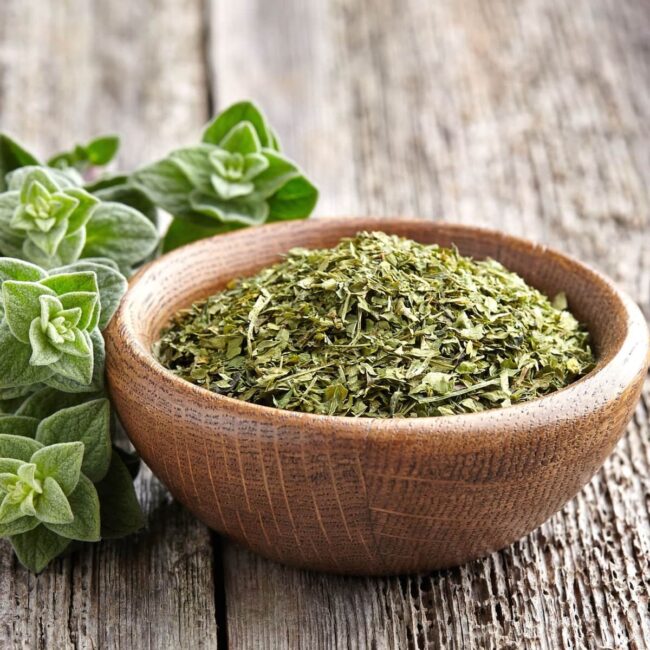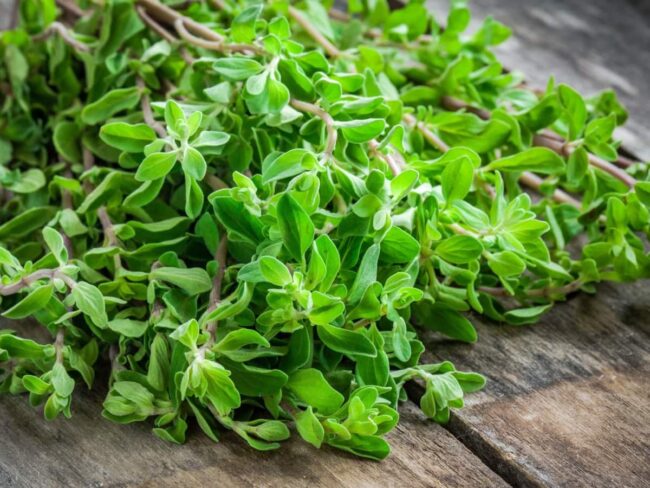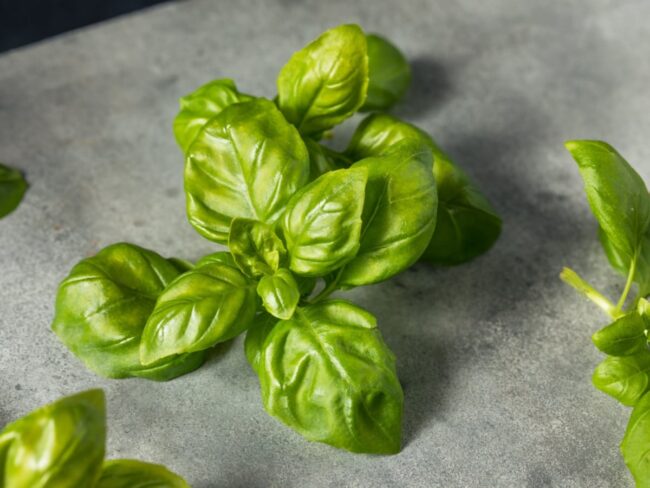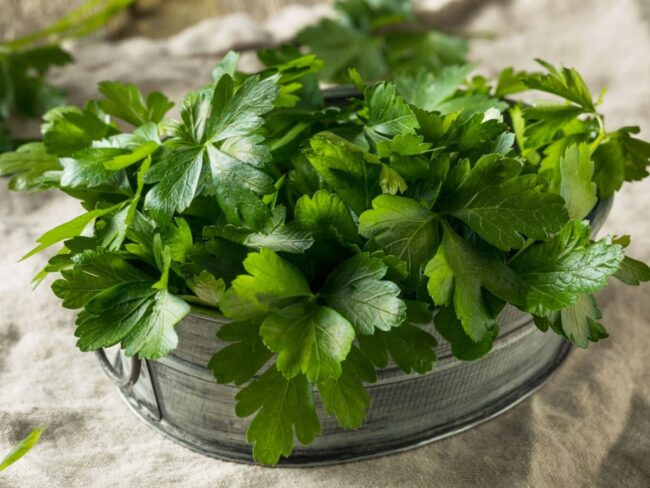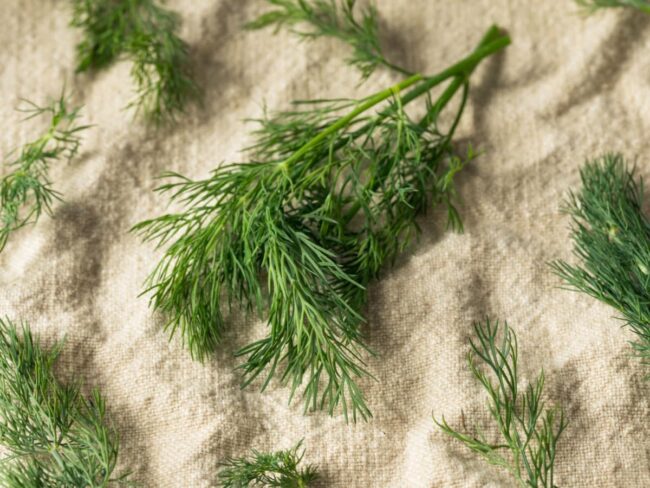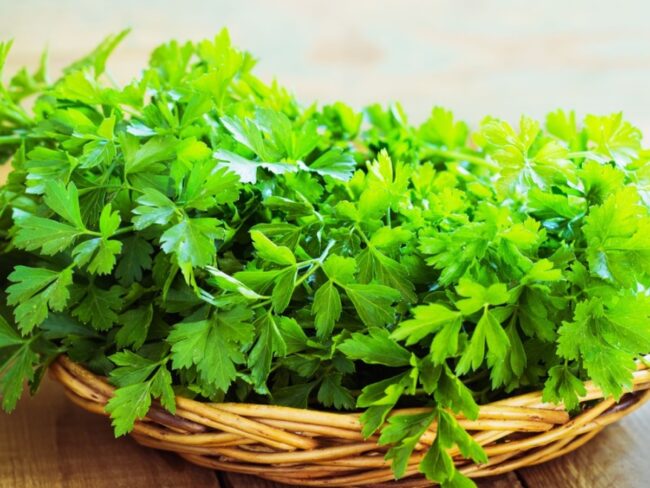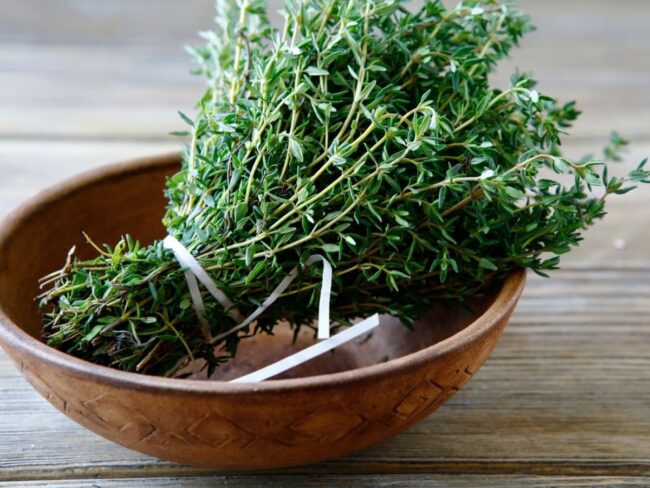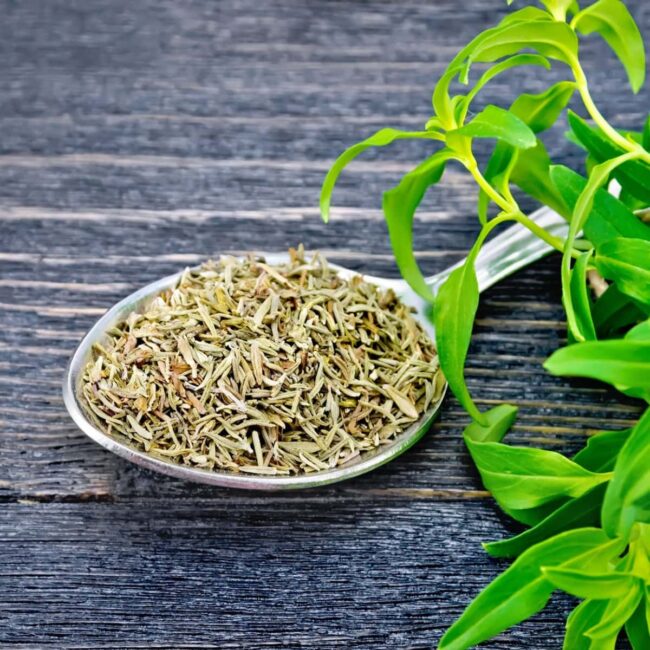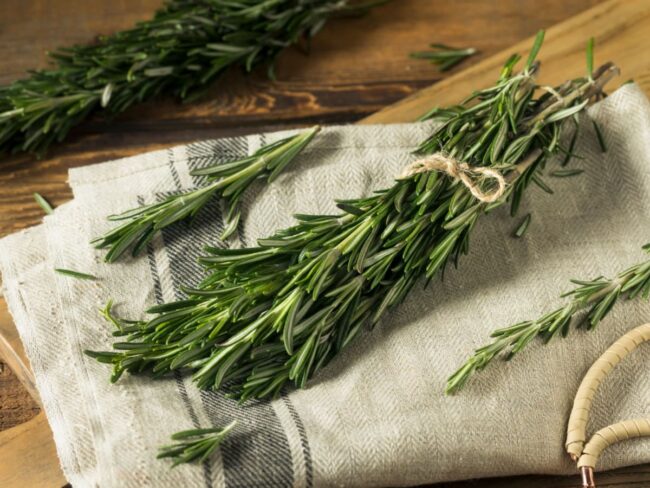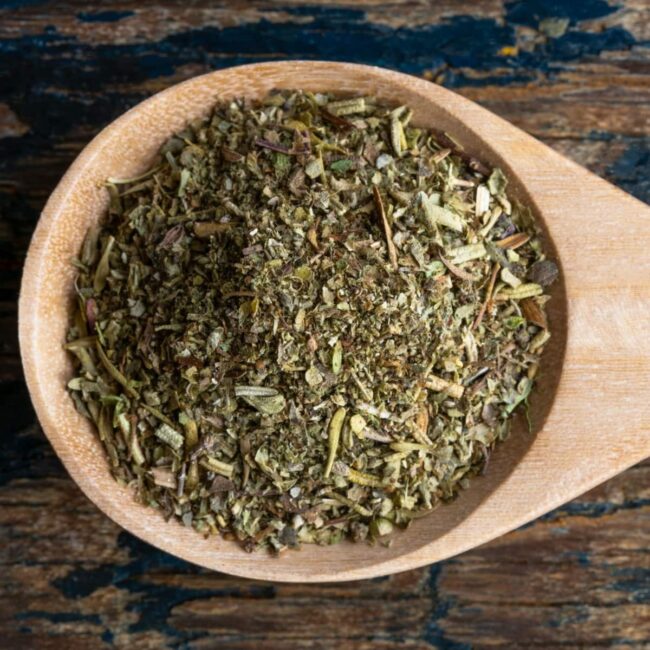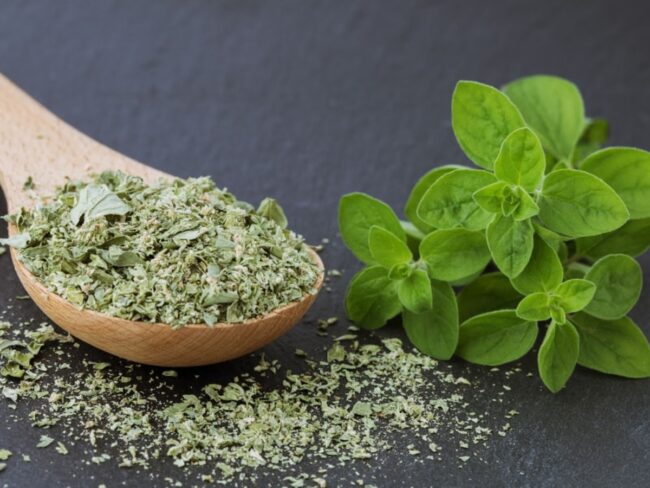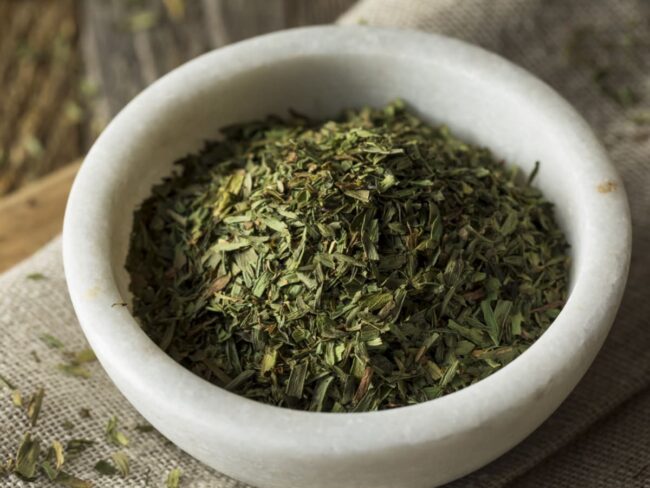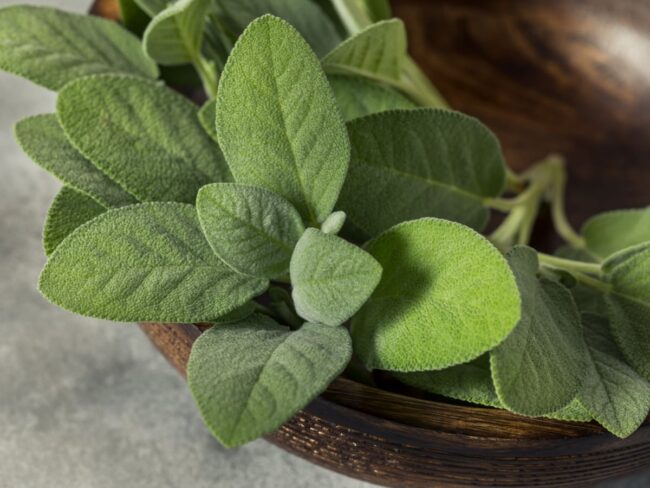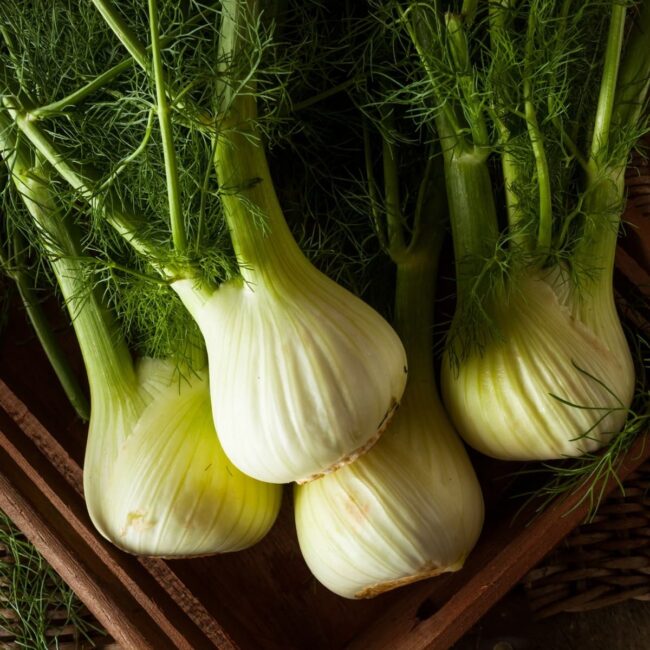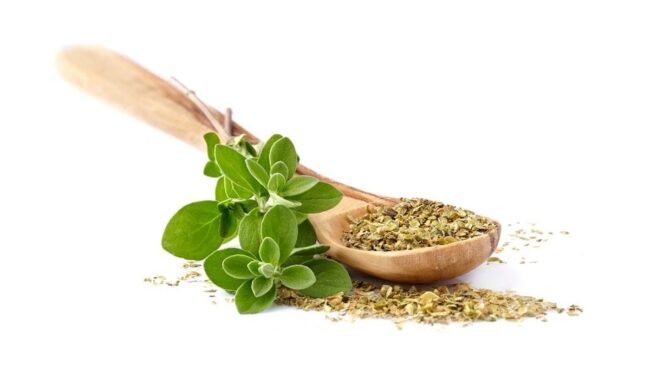16 Perfect Alternatives to Oregano in Recipes
Running out of oregano doesn’t mean compromising on flavor, as there are plenty of options to fill its place.
These alternatives deliver the aromatic and slightly earthy notes that oregano brings to dishes.
Each one offers a unique twist, allowing you to adapt recipes to your taste while keeping the balance intact.
With a few adjustments, you can ensure your meals remain fragrant and flavorful.
Oregano’s Culinary and Health Uses
Oregano delivers a bold and aromatic flavor that enhances countless dishes.
This herb has gained immense popularity, especially in American cuisine, thanks to returning soldiers from World War II who introduced it on pizza.
Its tiny leaves pack a punch whether used fresh or dried, offering flexibility for various culinary creations.
When in bloom, oregano showcases beautiful pink or purple flowers that are edible and add an aesthetic touch to meals.
Originating from the Mediterranean region, its name translates to “joy of the mountains,” reflecting its vibrant essence and rich history in cooking traditions worldwide.
Oregano Substitutes with Single Ingredient or Mixed Ones
Oregano substitutes deliver the same earthy, slightly peppery taste to dishes. You can choose from fresh/dried herbs or mixed seasoning that mimic its Mediterranean-inspired flavor.
Dried Oregano
Running low on fresh oregano doesn’t mean your dish has to suffer.
Dried oregano offers a robust flavor that can elevate your cooking when used thoughtfully.
Adjusting the quantity is key; one teaspoon of dried variety equals one tablespoon of fresh.
A little trick involves crushing the dried leaves before adding them, which enhances their aromatic qualities and infuses dishes more effectively.
This herb shines in tomato sauces, olive oil dressings, and marinades for meats, ensuring every bite remains flavorful and satisfying.
Mexican Oregano
Substituting oregano with Mexican oregano opens up new flavor dimensions in your cooking.
This herb, hailing from Mexico, belongs to a different botanical family and offers a distinctive taste profile that can elevate traditional dishes.
Known for its robust flavor, Mexican oregano shines particularly in stews and chilis where it complements the other spices beautifully.
Many chefs favor this variety for its strong peppery notes, making it an ideal choice for tacos and more authentic recipes.
A simple switch of 1 teaspoon of Mexican oregano in place of 2 teaspoons of regular oregano can transform your meal into something special!
Marjoram
Oregano and marjoram share a close botanical relationship, often leading to confusion in the kitchen.
While both herbs can elevate your dishes, marjoram offers a milder sweetness that sets it apart from oregano's robust flavor.
Their similar appearance adds to the mix-up, making it tricky for even seasoned cooks to differentiate between them at first glance.
Fresh or dried, marjoram works beautifully in recipes where you might typically reach for oregano or tarragon instead.
Try using this gentle herb in chicken and pork dishes; its unique taste can add an unexpected twist that enhances your culinary creations!
Basil
Basil, with its aromatic leaves, adds a burst of flavor to countless dishes.
This herb shines in both fresh and dried forms; fresh basil offers a more potent taste while dried basil provides convenience and longer shelf life.
When using it as a substitute for oregano in recipes, adjusting the amount is essential to achieve the desired flavor balance.
Versatility defines basil’s role in cooking, enhancing everything from hearty beef meals to comforting bread recipes.
Keep some on hand for an effortless way to elevate everyday meals into something special!
Parsley
Parsley shines as a Mediterranean gem, bringing life to countless recipes.
Its adaptability allows it to enhance flavors in both fresh and dried forms.
When using dried parsley, adjusting the quantity is key since its flavor is more potent than that of fresh leaves.
This herb pairs beautifully with tomato-based dishes, elevating their taste profile effortlessly.
Whether sprinkled on top or stirred into sauces, parsley adds a refreshing touch that brightens every meal you create.
Dill
Dill stands out as an herb that enhances the taste of various dishes, especially seafood.
Its unique flavor profile makes it a favorite for pickles and potato salads, but there's so much more to explore.
Fresh dill brings a lively touch compared to its dried counterpart, which can lose some essence over time.
Adding dill towards the end of cooking preserves its aromatic qualities and elevates your meal’s overall experience.
Consider using this versatile herb in tomato-based sauces, refreshing salad dressings, or light soups for an inviting twist that surprises your palate.
Basil and Parsley
Basil and parsley complement each other beautifully, adding a fresh touch to your cooking.
Swapping oregano for this dynamic duo can elevate the flavors in your meals.
Using one teaspoon of basil paired with one teaspoon of parsley introduces a delightful twist to tomato-based sauces and beef recipes.
This combination enhances the overall aroma, making every bite more inviting.
Keep it handy in your kitchen for those moments when you crave something extra special in your dishes.
Thyme
Thyme shines as an adaptable herb, easily enhancing a wide range of recipes.
Its robust flavor deepens with extended cooking time, offering a rich taste profile that elevates any meal.
Rarely causing allergies makes it a safe option for those avoiding oregano.
Fresh or dried thyme can seamlessly blend into various dishes without losing potency during preparation.
Think about incorporating it into beef stews, salads, or even your favorite tomato sauces for an aromatic twist that everyone will appreciate.
Summer Savory
Summer savory is a delightful Mediterranean herb that adds a unique touch to various dishes.
With its flavor closely resembling oregano, it serves as an excellent alternative in recipes.
This herb stands out for its milder taste compared to winter savory, appealing to those who prefer less bitterness in their meals.
Its historical journey from the Mediterranean to Germany highlights its significance in traditional cooking, especially since monks cultivated it centuries ago for their kitchens.
Ideal for salads and grilled meats, summer savory enhances the overall flavor profile of your favorite recipes effortlessly.
Rosemary
Rosemary stands out as a fragrant herb that enhances the flavors of many dishes.
Its strong aroma complements meat beautifully, especially lamb, while also adding depth to tomato-based meals and soups.
When using rosemary in your cooking, fresh or dried options are available; both provide robust flavor thanks to their low moisture content.
A small amount goes a long way since its potency is impressive, so less is more when substituting it for oregano.
Chopping or grinding rosemary helps release its essential oils and ensures an even distribution in your favorite recipes.
Dried Italian Seasoning
Running out of oregano can be frustrating, but dried Italian seasoning saves the day.
It combines oregano with basil, marjoram, rosemary, and thyme for a flavor-packed punch.
This blend enhances tomato sauces or pasta dishes effortlessly.
A simple swap of one teaspoon of this seasoning can replace two teaspoons of oregano without losing taste.
Perfect for elevating fish or chicken meals too!
Basil and Marjoram
Basil and marjoram elevate the taste of various dishes with their aromatic profiles.
These herbs blend harmoniously, creating a delightful alternative to oregano in your cooking.
For a flavorful boost, simply replace 2 teaspoons of oregano with 1 teaspoon each of basil and marjoram.
This combination works wonders in tomato-based recipes, enhancing everything from pasta sauces to stews.
You'll notice how chicken, pork, and beef can be transformed into something truly special when these vibrant herbs are included.
Tarragon
French tarragon is a kitchen favorite, known for its strong aroma and bold flavor.
This herb shines particularly in chicken recipes, enhancing the dish with a distinctive taste that stands out.
When you find yourself without oregano, tarragon steps in effortlessly as an excellent substitute for tomato-based meals.
Using it in salad dressings also adds a delightful twist that elevates ordinary flavors to something special.
Just two teaspoons of this herb can transform your cooking experience and bring new life to classic dishes.
Sage
Sage serves as an excellent alternative to oregano, offering a robust and earthy flavor.
Its versatility shines in various savory dishes, especially during festive gatherings where stuffing takes center stage.
Many home cooks likely have this herb tucked away in their spice cabinets, ready for culinary adventures.
A simple swap of 1 teaspoon of sage can replace 2 teaspoons of oregano without compromising taste.
This herb works wonders with pork, beef, and poultry recipes.
Marjoram and Thyme
Marjoram and thyme create a harmonious blend that mimics the flavor profile of oregano remarkably well.
This combination works wonders in enhancing tomato-based recipes, offering depth to chicken or pork dishes, and adding character to bread and vegetables.
Using one teaspoon of marjoram alongside one teaspoon of thyme can easily replace two teaspoons of oregano in your favorite meals.
The fragrant notes from these herbs bring out the best in savory dishes while introducing subtle freshness.
Explore this duo for an exciting twist on traditional flavors that elevates your cooking experience!
Fennel
Fennel stands out as an intriguing alternative to oregano, offering a unique flavor profile.
Its entire structure, like bulb, leaves, and seeds, adds versatility in the kitchen.
Many appreciate fennel's subtle sweetness that enhances salads and roasted meats alike.
When preparing tomato-based dishes or hearty soups, this herb brings a distinct flair that elevates the meal experience.
Substituting 2 teaspoons of oregano with just 1½ teaspoons of fennel provides an exciting twist on traditional recipes while maintaining a delightful balance in taste.
Summary of Oregano
Finding the right substitute for oregano can elevate your dishes in unexpected ways.
With 13 alternatives and various herb combinations at your fingertips, cooking becomes a fun experiment rather than a chore.
Each option carries its own flavor profile, allowing you to tailor meals to suit your taste or dietary needs seamlessly.
Choosing the best replacement depends on what you're preparing, ensuring that every dish shines with robust flavors.
Embrace these alternatives and watch how they transform your culinary creations into something special!

